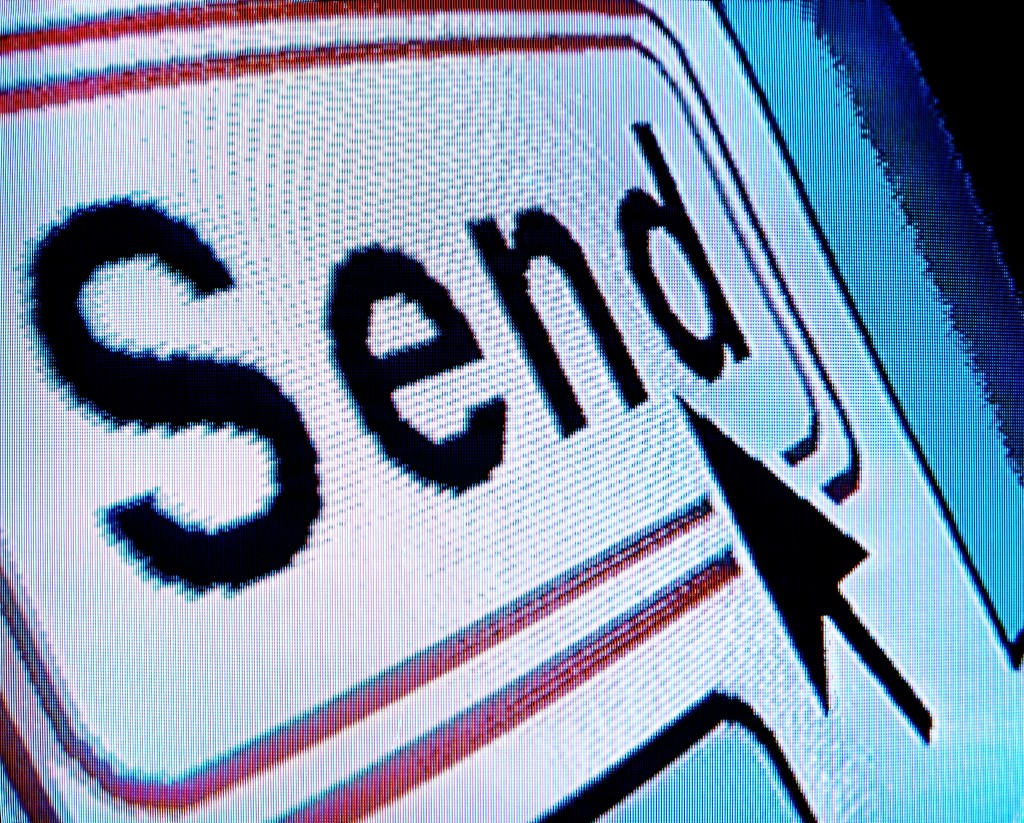Email can be the Achilles heel of productivity. Here’s some tips to get you through.

Email is the Achilles heel of my productivity. While I have mastered not succumbing to social media distractions or getting sucked in by instant message pings, I do still manage to get lost in my inbox and use it as a semi-regular form of procrastination away from my ‘real’ work.
Despite spending so much time in my inbox and attempting to be an inbox-zero person (or at least inbox 10), I find this hard to achieve. There is so much procrastination joy to be had from mindlessly roaming around in there while achieving very little (although I do manage to also feel guilty just thinking about my bad email habits). Which is probably why I felt very excited when I heard about how Laura Mae Martin from Google thinks about her inbox.
When Martin started work at Google more than a decade ago, she began work on the 20% Project, whereby Google employees can spend one day per week on a self-set project. Martin used this time to develop an internal training program on how to manage your inbox effectively (hello, dream job!). She ended up running this program for thousands of Googlers. Martin then parlayed this passion project into the full-time role of Executive Productivity Advisor (okay, this is seriously my dream job), where she works one-on-one with executives at Google to help them work more productively.
Martin likens email to doing your laundry. ‘Pretend that your dryer is your inbox. Imagine how most people are doing email right now: they go in, they grab one shirt, they fold it, and they walk it all the way up to their dresser, and then they walk all the way back down.
‘Then maybe they find a pair of pants and they are still wet, and they think, “Oh, I’ll just throw it back in there with all of my dry clothes.” In their inbox, maybe that’s marked as unread because you don’t want to deal with it right now. Then you find one sock, but you don’t know where the other sock is, but you put it away anyway, knowing you’re going to have to go back. And by the end of it, you’re like, “I’m just going to start the dryer all over and look at it again tomorrow”.’
Martin explains that the reason email is the source of so much stress is because people approach their inbox in this manner. They pick and choose. Instead, Martin says people need to approach email like they do their dryer. Decide that it’s time to empty the dryer, get everything out, put things into piles, fold things, and then put them away.
For Martin, being in her inbox is a deliberate choice, as opposed to something she aimlessly cruises around in during the day. And to make herself more productive, she has a very specific workflow she uses when looking at her emails.
The first thing Martin does is process all incoming emails, which she sorts into one of three piles (or, in the case of Gmail, tabs or multiple inboxes). The first pile is To-Do – things she needs to action personally that don’t require input from anyone else. The second pile is To-Do – Waiting, which are things she has to do but needs to wait for someone’s input or response before she can do them. The final pile is emails that she has to Read.
Martin’s day starts with opening her inbox and getting to zero through sorting any incoming emails in chronological order. ‘I use something called auto-advance. It forces me to go to the next email versus going back to the dryer and picking out whatever I want that looks shiny.’ Each email is then sorted into one of her three piles or it gets archived.
When working through her three piles, Martin matches her energy to the task. ‘If I have two hours of uninterrupted time, I know that I can dive into some of those To-Dos, so I open that folder only and I don’t look at the rest of my inbox. I just turn to the clothes I need to fold and I go through each one of them and fold, fold, fold.’ Kind of like a domestic goddess, but for email.
In the afternoon, when her energy is a bit lower, Martin uses this time to go through her Read folder. And at the end of the day, she will go to her To-Do – Waiting folder and check if there is anything holding up her progress that could be bumped up right now, or anything that has a deadline and needs to be chased.
Martin says she only has two rules when it comes to email. ‘Treat it like laundry and close it once or twice a day. I don’t recommend that you only look at your email once because for a lot of people, that’s just not realistic. You’re going to miss something for the next meeting, for example. So it can be open but close it if you’ve set time to work.’
Dr Amantha Imber is the author of Time Wise (of which this article is an edited extract) the founder of behavioural science consultancy Inventium and the host of How I Work, a podcast about the habits and rituals of the world’s most successful people.